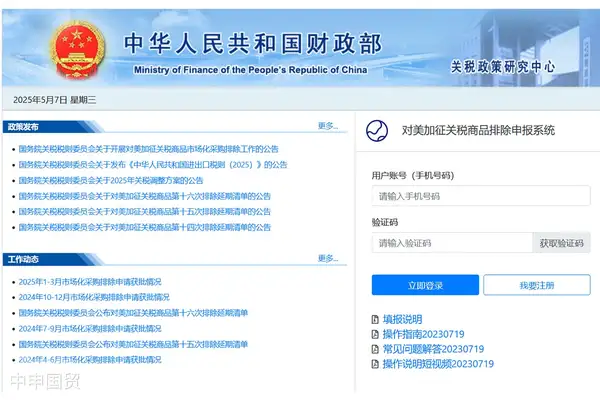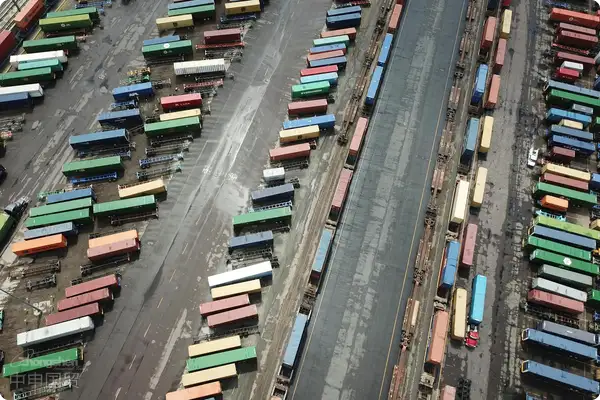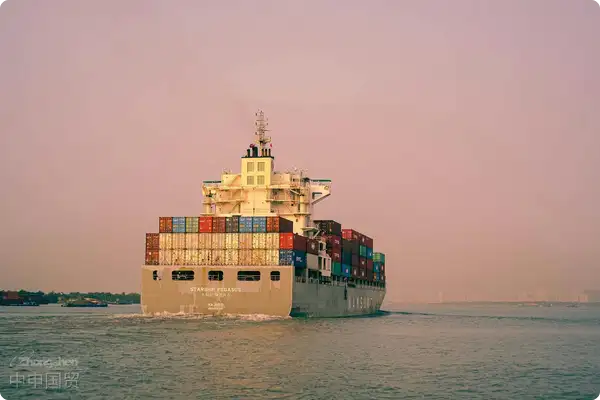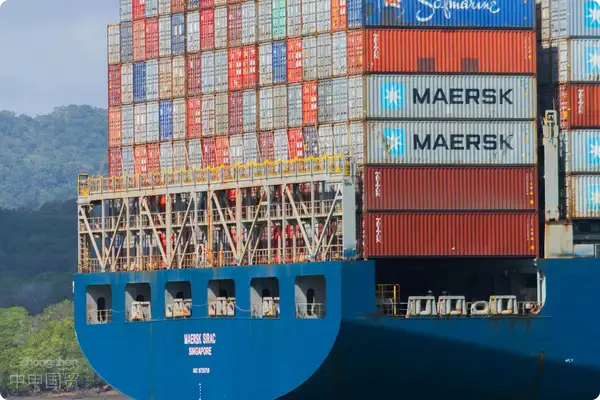- Shanghai Zhongshen International Trade Co., Ltd. - Two decades of trade agency expertise.
- Service Hotline: 139 1787 2118
Last Friday (May 17), the international mineral market witnessed notable price fluctuations, with nickel and silver prices soaring by over 6%, drawing significant attention. This phenomenon reflects not only changes in market demand but also reveals global supply chain tensions.
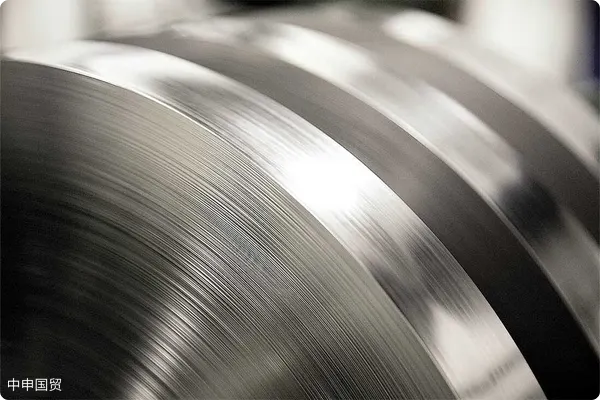
According to the latest data, West Texas Intermediate (WTI) and Brent crude oil prices closed at $80.06/barrel and $83.99/barrel, respectively, with gains of 1.05% and 0.70%. Although the crude oil market has always been volatile, this rise was partly driven by expectations of global economic recovery.
Uranium (U3O8) prices remained stable at $91/pound, showing no fluctuation. However, the iron ore market was active, with 62% and 58% grade iron ore fines rising to $116.5/ton and $95.05/ton, respectively, up by 1.3% and 1.24%.
On the London Metal Exchange (LME), prices for various metals rose. Copper spot prices climbed to $10,597.85/ton, up 2.46%; aluminum prices reached $2,560.23/ton, up 1.02%; zinc prices rose to $2,993.41/ton, up 2.69%; and tin prices increased to $34,131/ton, up 1.42%. Only lead prices saw a slight decline, dropping to $2,234.59/ton, down 0.29%.
Among these, nickel and silver prices surged the most significantly. Nickel prices reached $20,829.75/ton, up 6.41%, while silver prices rose to $31.49/ounce, up 6.48%. Such sharp price movements have drawn widespread market attention.
The sharp rise in nickel and silver prices is primarily driven by several factors. First is the strong growth in market demand. As the global economy gradually recovers, demand for metal raw materials has surged, particularly inNew energyand high-tech industries. Nickel, as a key material for electric vehicle batteries, has seen particularly notable demand growth. Silver, widely used in electronics,solarand medical equipment, among other fields, has also seen steadily climbing demand.
Second is the tight supply chain situation. In recent years, geopolitical tensions, environmental policies, and the pandemic have repeatedly disrupted metal supply chains, leading to market imbalances. Notably, adjustments in mining policies in Indonesia and the Philippines, major nickel producers, have constrained global nickel supply. Production limitations in Mexico and Peru, major silver producers, during the pandemic have also exacerbated silver supply shortages.
Fluctuations in international mineral prices not only affect production costs and profitability in related industries but also have broad implications for the global economy. For countries and businesses reliant on imported minerals, rising costs pose a serious challenge. Particularly for manufacturing and high-tech industries, higher prices for these metal raw materials will directly impact production costs and market prices.
Meanwhile, investor interest in the metals market is also growing. Rising prices for precious metals like gold and platinum reflect increased demand for safe-haven assets. Spot gold prices on the New York Mercantile Exchange rose to $2,415.22/ounce, up 1.61%; platinum prices climbed to $1,085.41/ounce, up 2.1%; and palladium prices reached $1,012/ounce, up 1.96%.
Although the international mineral market is currently active, future uncertainties remain. The pace and strength of global economic recovery will largely determine mineral demand. Additionally, geopolitical risks, changes in environmental policies, and the possibility of new pandemic waves are potential market influencers.
Overall, the surge in nickel and silver prices reflects the complex dynamics of the global mineral market. Countries and businesses must closely monitor market trends and adjust strategies promptly to navigate the changing environment. In the future, technological advancements and policy adjustments may bring new opportunities to the mineral market, but challenges and uncertainties will also persist.
Related Recommendations
? 2025. All Rights Reserved. Shanghai ICP No. 2023007705-2  PSB Record: Shanghai No.31011502009912
PSB Record: Shanghai No.31011502009912
